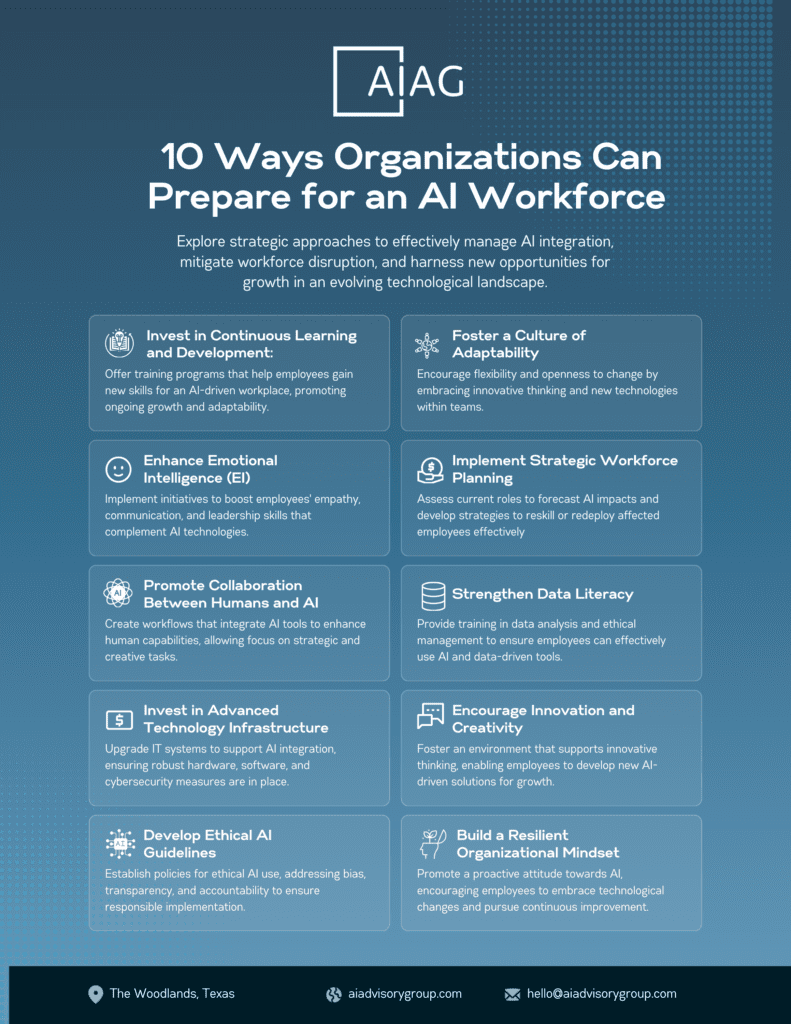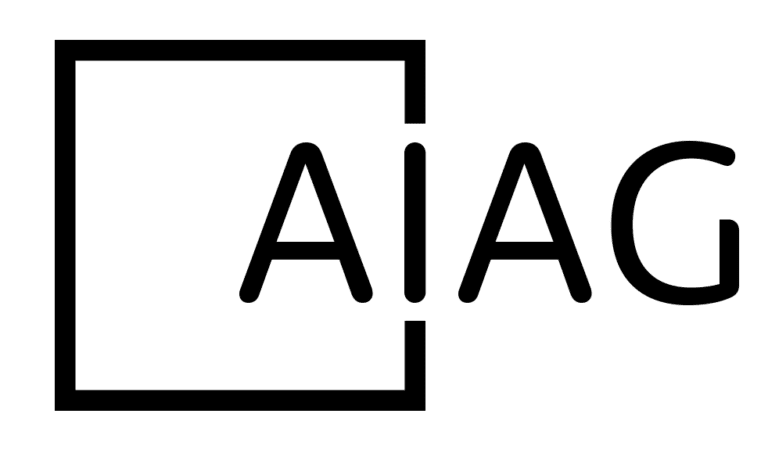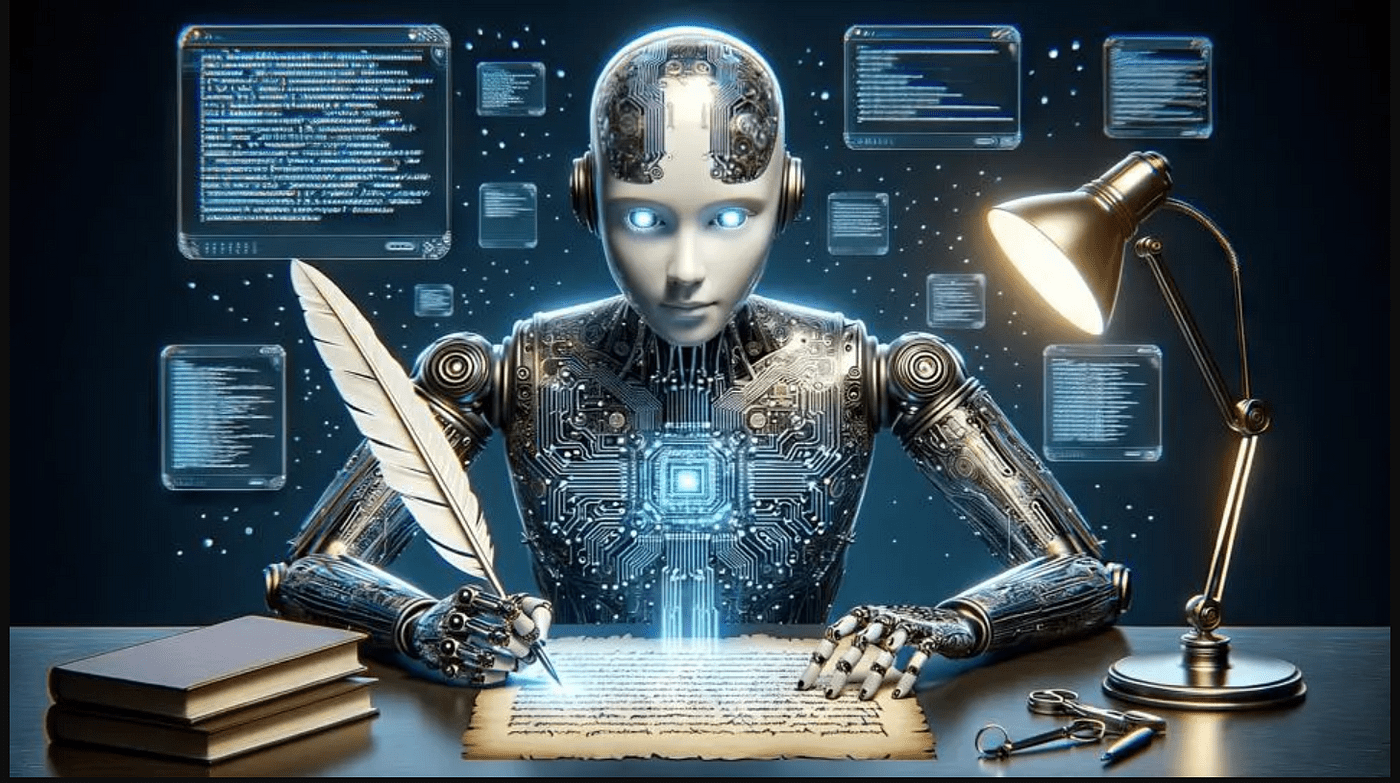When AI Takes Over: Navigating the Workforce Revolution
Artificial intelligence (AI) has been heralded as a transformative force, enhancing productivity and opening new avenues for innovation in recent years. However, the narrative that AI serves solely as an enhancement tool is not universally accurate. For many, AI represents a tangible threat to job security, signaling a profound shift in the workforce landscape. Understanding its implications and preparing accordingly is crucial as we stand on the brink of unprecedented technological disruption.
The Reality of AI as a Job Replacer
Contrary to the optimistic view of AI as a mere supplement to human labor, recent developments suggest a more complex reality. The latest wave of layoffs in major tech giants underscores this shift. Companies like Meta, Google, and Amazon have recently announced significant workforce reductions, citing AI integration as a key factor. These layoffs are not just numbers; they represent a broader trend where AI systems can perform tasks traditionally handled by humans, from customer service to software development.
This trend mirrors historical disruptions caused by technological advancements. Just as automation in manufacturing led to the decline of certain job sectors—such as assembly line workers being replaced by robots in the automotive industry—and the introduction of ATMs reduced the need for bank tellers, AI is poised to redefine roles across various industries. For example:
- Retail: Self-checkout systems and inventory management AI reduce the need for cashiers and stock clerks.
- Healthcare: AI-driven diagnostic tools and robotic surgery assistants are transforming roles for radiologists and surgeons.
- Finance: Automated trading systems and AI-based financial advisors are changing the landscape for stockbrokers and financial analysts.
- Transportation: Autonomous vehicles threaten to displace truck drivers and delivery personnel.
- Customer Service: AI chatbots and virtual assistants handle inquiries that once required human representatives.
The displacement isn’t limited to low-skilled positions; even high-skilled jobs are susceptible. Legal professionals, medical diagnosticians, and financial analysts increasingly find their tasks being supplemented—or outright replaced—by sophisticated AI systems.
Empowerment Amidst Competition
AI’s ability to empower individuals to achieve more with less is a double-edged sword. On one hand, it democratizes access to advanced tools, enabling entrepreneurs and small businesses to compete with larger corporations. The rise of AI-driven platforms allows individuals to launch startups with minimal resources, fostering innovation and economic growth.
On the other hand, this empowerment translates into heightened competition. As more people leverage AI to enhance their capabilities, the market becomes saturated with highly skilled, tech-savvy professionals. This increased competition can make it challenging for individuals to differentiate themselves, particularly those whose roles are most directly impacted by AI.
The Coming Wave of Disruption
While the current level of workforce disruption is significant, experts predict that the forthcoming wave will be exponentially greater. The pace at which AI technologies are evolving suggests that the magnitude of change we have witnessed is merely a precursor to more profound transformations. Automation of complex tasks, advancements in machine learning, and the integration of AI into every facet of business operations will redefine job roles and industry structures.
Preparing for the AI-Driven Future
Given the anticipated scale of disruption, preparing for the AI-driven future is imperative. Here are 10 ways organizations can prepare for this transition:
- Invest in Continuous Learning and Development:
- Provide training programs to help employees acquire new skills relevant to an AI-integrated workplace. Encourage participation in online courses, workshops, and certifications.
- Foster a Culture of Adaptability:
- Promote flexibility and openness to change within the organization. Encourage teams to embrace new technologies and workflows without resistance.
- Enhance Emotional Intelligence (EI):
- Develop programs that strengthen employees’ emotional intelligence, focusing on empathy, communication, and leadership skills that AI cannot replicate.
- Implement Strategic Workforce Planning:
- Analyze current job roles and predict how AI will impact them. Develop strategies to reskill or redeploy employees whose roles may be automated.
- Promote Collaboration Between Humans and AI:
- Encourage the use of AI as a tool to augment human capabilities rather than replace them. Develop workflows that integrate AI assistance with human oversight.
- Strengthen Data Literacy:
- Ensure that employees understand how to work with AI and data-driven tools. Provide training on data analysis, interpretation, and ethical considerations.
- Invest in Advanced Technology Infrastructure:
- Upgrade IT systems to support AI integration. Ensure that the necessary hardware, software, and cybersecurity measures are in place to handle AI workloads.
- Encourage Innovation and Creativity:
- Create an environment where employees feel empowered to innovate. Support initiatives that explore new ways to leverage AI for business growth and efficiency.
- Develop Ethical AI Guidelines:
- Establish clear policies and guidelines for the ethical use of AI within the organization. Address issues such as bias, transparency, and accountability in AI applications.
- Build a Resilient Organizational Mindset:
- Cultivate a mindset that views AI as an opportunity rather than a threat. Encourage resilience and a proactive approach to embracing technological advancements.

Shifting Mindsets for a Changing Workforce
The prevailing mindset is one of the most significant challenges in preparing for AI-driven disruption. Many individuals lack a fundamental understanding of how AI and computers operate, let alone the complexities of advanced AI systems. This knowledge gap can lead to fear, resistance, and a lack of preparedness.
To mitigate this, there needs to be a concerted effort to educate and inform the workforce about AI technologies. Educational institutions, employers, and policymakers must prioritize digital literacy and AI education, equipping individuals with the knowledge to comprehend and harness AI effectively.
Embracing Change for a Resilient Future
Integrating AI into the workforce is inevitable, and its impact will be profound. While AI offers opportunities for growth and innovation, it also poses significant challenges regarding job displacement and increased competition. Preparing for this future requires a combination of adaptability, emotional intelligence, validation of skills, and agility. Moreover, a shift in mindset towards embracing technological change is essential.
As we navigate this transition, it is crucial to recognize that our ability to adapt and evolve alongside AI will define the future of work. By proactively addressing these challenges, individuals and organizations can survive and thrive in the AI-driven landscape.




